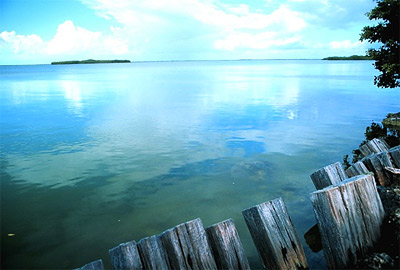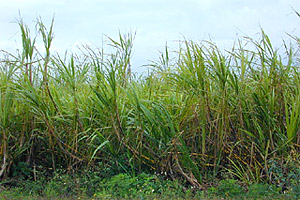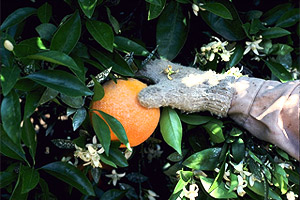Water Control
Freshwater flow has been greatly reduced from the Everglades resulting in higher salinity levels.
Deterioration of biological communities of Florida Bay has been due to decrease of water quality. It is believed to result from alteration and diversion of water flow within the Everglades, reducing the amount of freshwater runoff entering the Bay.
Salinity levels have increased to the point where seagrasses have died off in some areas. Populations of seagrass-associated organisms have also declined, affecting organisms further up the food web.

Pollution
Contaminants are found in the waters of Florida Bay.
Pollutants include:
- Nitrogen
- Phosphorus
- Mercury
Elevated concentrations of nitrogen and phosphorus enter the estuary as rainwater runoff carrying agricultural fertilizers. While these nutrients are used in agricultural lands, within aquatic systems these nutrients cause algae blooms. When algal populations expand rapidly, the oxygen is taken up from the water, reducing the amount available for other aquatic organisms. Algae blooms also block much of the sunlight needed by seagrasses to carry out photosynthesis.


Mercury is also a contaminant of concern within the waters of south Florida, including the Everglades and Florida Bay. Originating from agricultural fungicides used by farms north of the Everglades as well as from atmospheric sources, very small concentrations of mercury can have major impacts on aquatic environments.